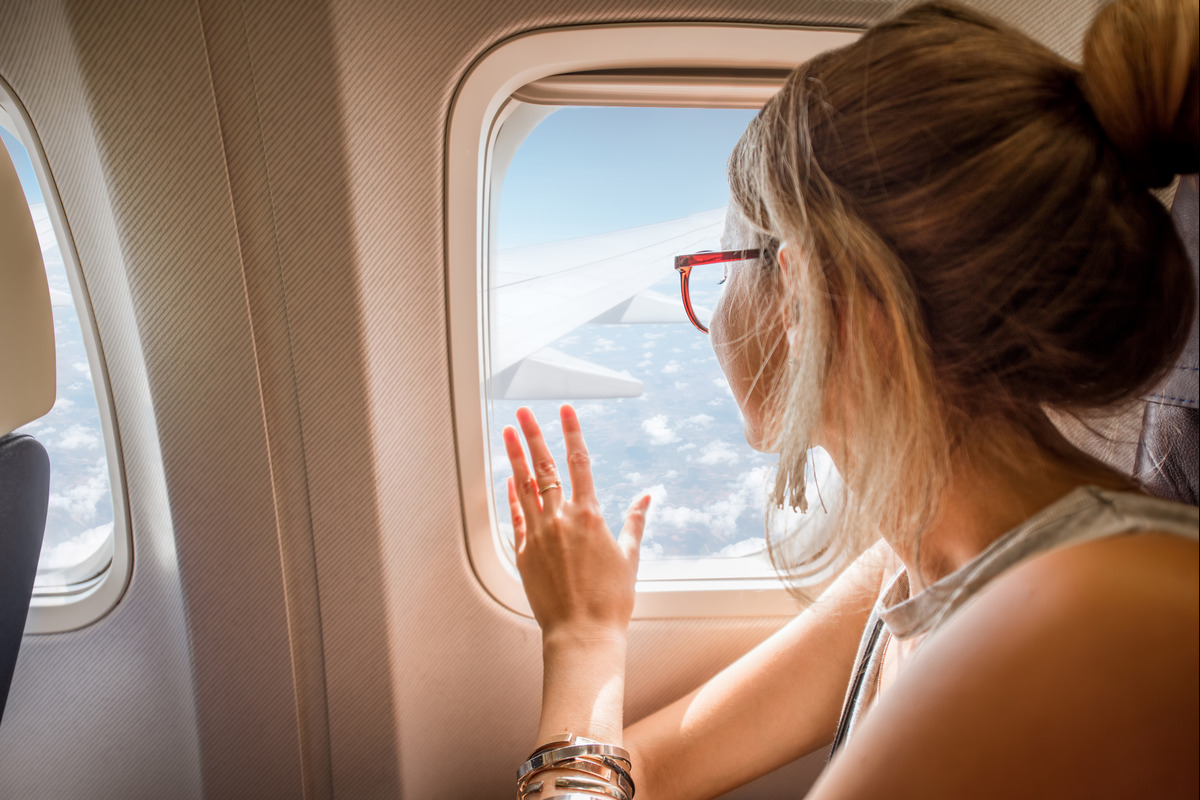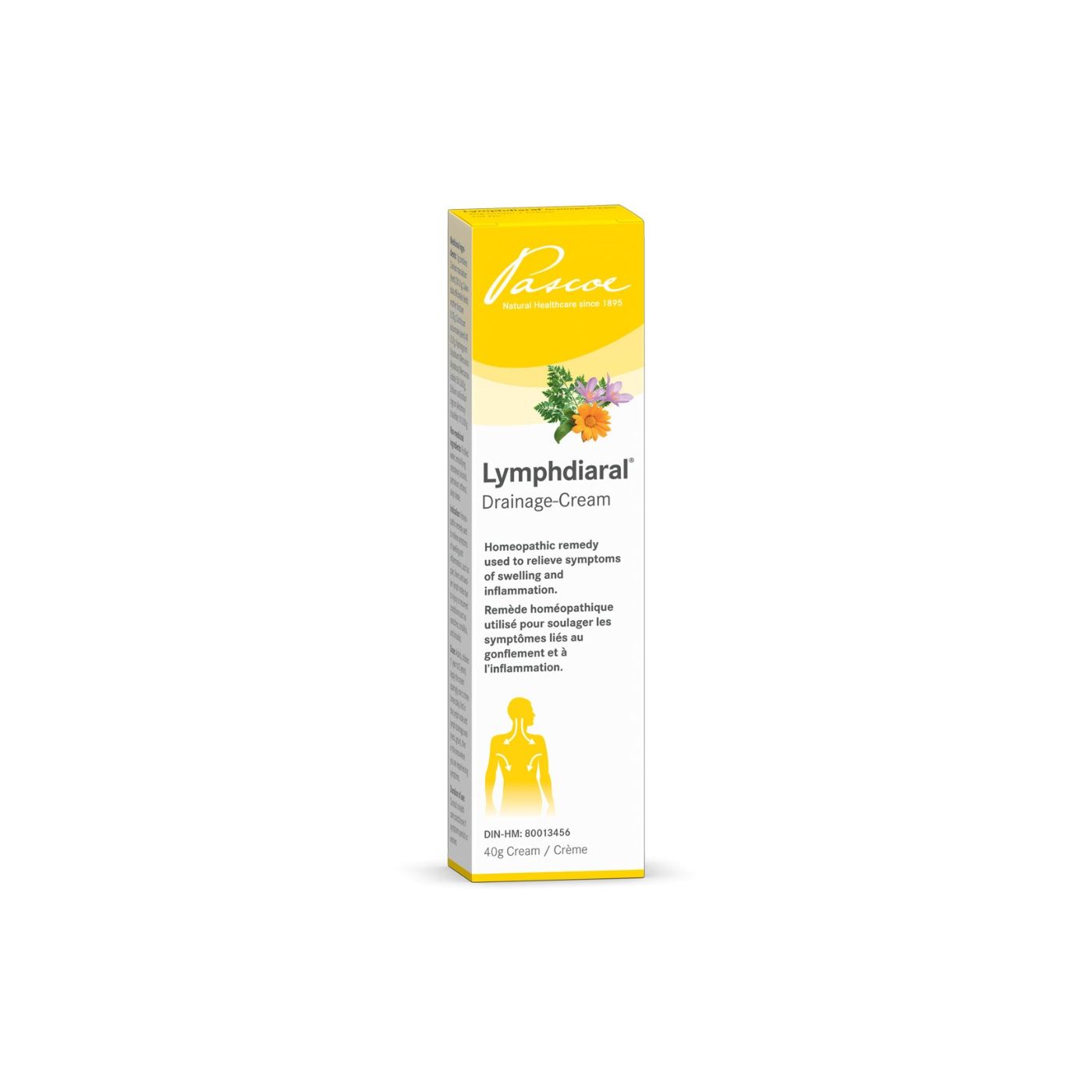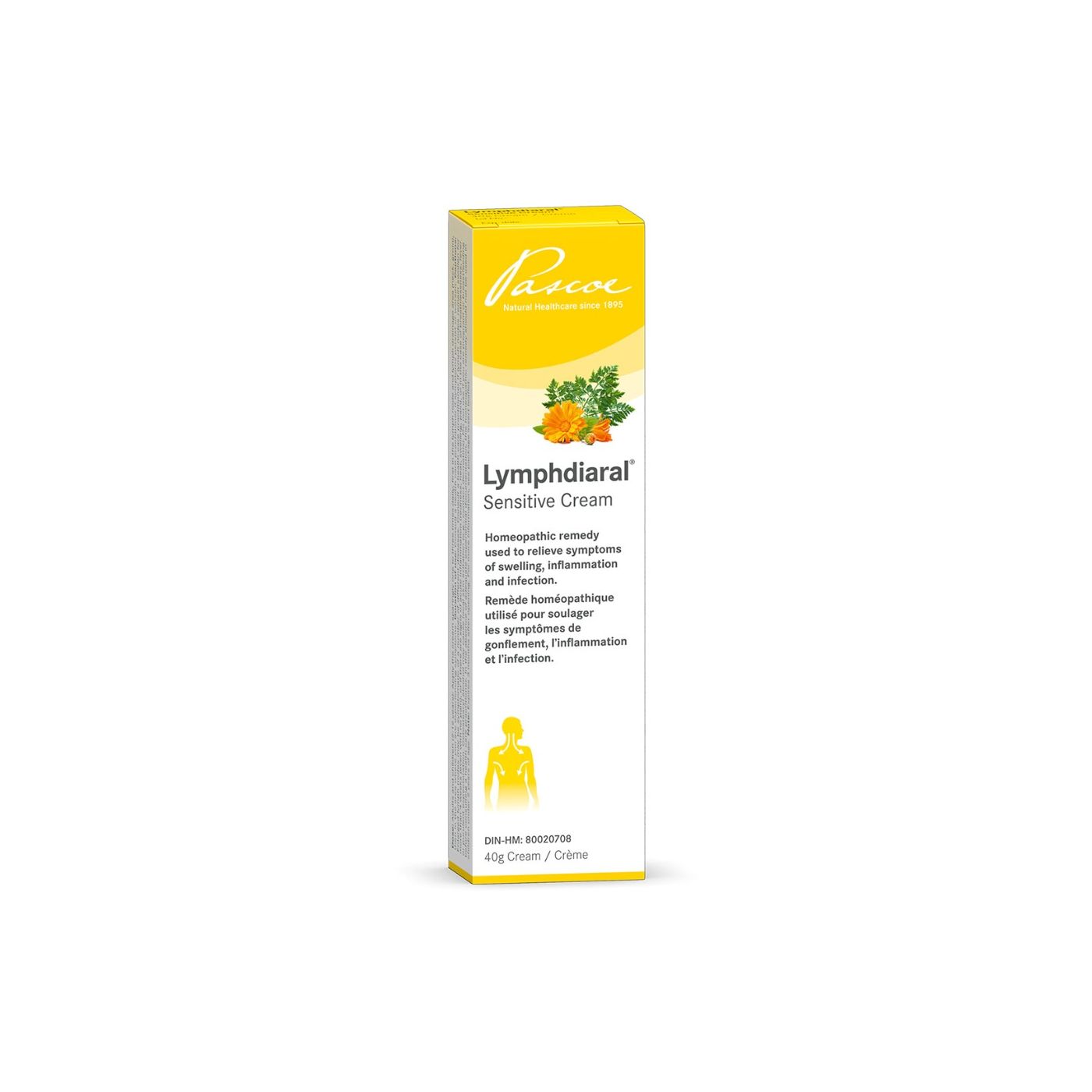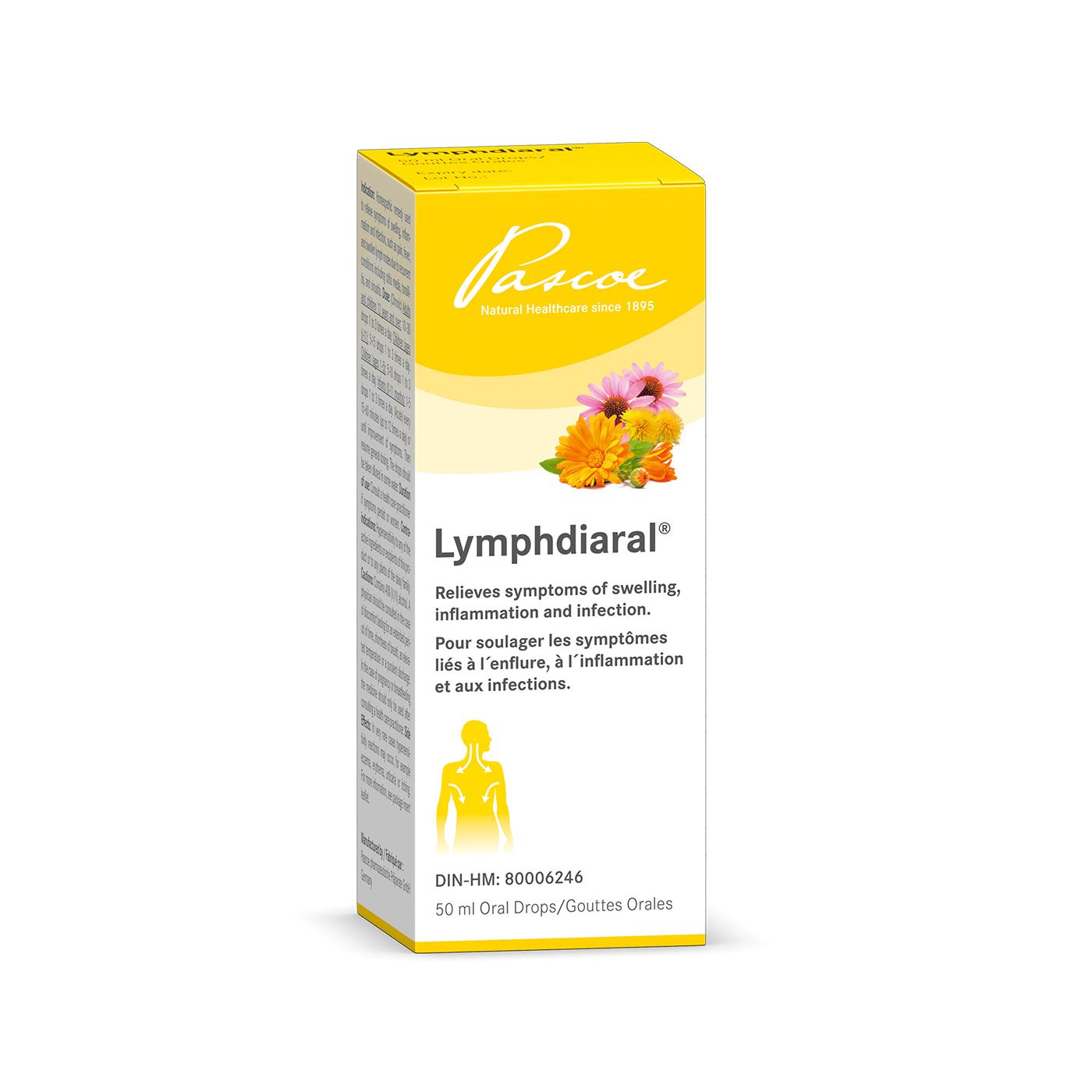Understanding Lymph Flow, Water Retention, and Their Relationship with Travelling
Lymph flow and water retention are essential aspects of our body's fluid balance, as well as our overall health. These factors can be influenced by various circumstances throughout our daily lives, but are in particular put to test while travelling.
Whether you're embarking on a long flight, road trip, or exploring a new destination by bicycle, it's crucial to understand how these factors interact, as well as how to manage them effectively.
Below, we will delve into the mechanisms behind lymph flow and water retention, as well as provide practical tips for maintaining optimal fluid balance while on the go, and especially while travelling.


Lymph Flow and Water Retention
Lymphatic flow is facilitated by the lymphatic system, which is a network of vessels and nodes that transport lymph, a clear fluid containing waste products, immune cells, and excess fluid, throughout the body.
Unlike the circulatory system, the lymphatic system does not have a central pump, such as the heart, to propel fluid. Instead, it relies on muscle contractions, breathing, and body movements to facilitate lymphatic drainage.
Water retention is often also known as edema. This occurs when excess fluid accumulates in the body's tissues. It can be influenced by factors such as heat, humidity, physical activity, as well as certain medical conditions. Inadequate lymph flow can contribute to localized edema, causing swelling, discomfort, and an overall feeling of heaviness.
Lymph node swelling, on the other hand, is often a result of infection from bacteria and viruses. Since the lymphatic system is responsible for cleaning the body of metabolic waste, toxins, and such, an accumulation of these can cause swelling of the lymph nodes.
Travelling and its Impact on Lymph Flow and Water Retention
Travelling, especially over long distances, can have a notable impact on our lymph flow and water retention.
Let's explore some common scenarios and how they affect our body's fluid balance:
Prolonged immobility: Whether you're on a lengthy flight or sitting for hours in a car, prolonged immobility can make lymph nodes swollen. Reduced muscle contractions and limited body movements slow down lymphatic drainage, potentially leading to water retention in our legs and feet.
Changes in altitude: Air travel often involves changes in altitude, which can affect the pressure within the body's tissues. Rapid ascent or descent can disrupt fluid balance, causing fluid to accumulate and result in swelling.
Dehydration: Travelling can be dehydrating, especially during long flights or road trips. Swelling and a lowered immune system can be a sign that your body is struggling with insufficient fluid intake. Lack of hydration impedes lymph production, reducing the volume available for circulation and potentially exacerbating water retention.
Jet lag and disrupted sleep patterns: Travelling across time zones can disrupt our sleep patterns and circadian rhythms. Causes of swollen lymph nodes can include lack of sleep and fatigue contributing to fluid retention and compromising lymph flow.
Managing Lymph Flow and Water Retention While Travelling
Fortunately, there are several strategies you can implement to maintain optimal lymph flow and reduce water retention while travelling:
Stay hydrated: Drink plenty of water throughout your journey to support lymphatic function and prevent dehydration. Avoid excessive consumption of caffeinated or alcoholic beverages, as they can contribute to fluid loss. Plus, ensuring adequate fluid intake helps prevent sore throats caused by dry air in airplanes.
Move regularly: Take breaks during long flights or road trips to stretch your legs and engage in light exercises. Simple activities like walking around the cabin, performing seated leg exercises, or taking short walks during rest stops can help stimulate lymphatic flow and support your immune system by circulating white blood cells more effectively, preventing illness while on vacation.
Compression garments: Consider wearing compression socks or stockings during your journey, especially on flights or long drives. These garments apply gentle pressure to the legs, promoting blood and lymphatic circulation and reducing the risk of fluid retention, especially if you have a medical history of chronic edema.
Elevate your legs: If possible, elevate your legs while seated or during rest periods to encourage fluid drainage and reduce swelling. Resting your feet on a small footrest or propping them up with a pillow can help facilitate this.
Perform manual lymphatic massage with the Calendula herb: Calendula cream can be a great thing to have on hand for this purpose. Calendula flowers or calendula petals are parts of pot marigold plants, which are used for their anti-inflammatory and lymph supportive properties. Calendula tea can also be used to help increase blood flow and circulation.
Healthy eating: Opt for nutritious meals and snacks during your travels. Avoid excessive salt intake, as it can contribute to water retention. Instead, choose foods rich in potassium, such as bananas and leafy greens, which can help regulate fluid balance.
Wear comfortable clothing: Opt for loose-fitting, breathable clothing that allows for easy movement and promotes air circulation. Tight clothing, especially around the waist or legs, can impede lymphatic flow and contribute to water retention.
Practice ankle pumps and foot exercises: While seated, periodically flex and extend your ankles and toes to promote blood and lymphatic circulation in the lower limbs. These simple exercises can help prevent fluid buildup and reduce swelling.
Stay active at your destination: Once you reach your destination, incorporate regular physical activity into your itinerary. Walking, swimming, or engaging in light exercises can stimulate lymphatic flow, aid in fluid drainage, and help alleviate water retention.
Maintain a healthy sleep routine: Prioritize sufficient restorative sleep to support your body's fluid balance. Establishing a regular sleep schedule, creating a comfortable sleep environment, and practising relaxation techniques can aid in managing fluid retention.
Consult a healthcare professional: If you have a pre-existing medical condition or are prone to severe water retention, it is advisable to consult a healthcare professional before embarking on a journey. They can provide personalized advice and recommend specific strategies, or prescribe over the counter pain medication to manage lymph flow and water retention during travel.
Understanding the connections between lymph flow and water retention is crucial for maintaining optimal fluid balance and overall well-being while on the go–especially while travelling. By implementing practical strategies such as staying hydrated, staying active, wearing compression garments, and practising healthy eating habits, you can mitigate the effects of travel on on your body and your health.
Remember to listen to your body (including listening to it when your body is fighting off something!), prioritize self-care, and seek professional advice when necessary to ensure a comfortable and healthy travel experience.
References:
Cleveland Clinic. “Lymphatic System.” Cleveland Clinic, Cleveland Clinic, 23 Feb. 2020, my.clevelandclinic.org/health/articles/21199-lymphatic-system.
“Foot Swelling during Air Travel: A Concern?” Mayo Clinic, www.mayoclinic.org/diseases-conditions/edema/expert-answers/foot-swelling/faq-20057828. Accessed 3 June 2023.
Mayo Clinic. “Edema - Symptoms and Causes.” Mayo Clinic, 4 Jan. 2023, www.mayoclinic.org/diseases-conditions/edema/symptoms-causes/syc-20366493.
Mayo Clinic. “Swollen Lymph Nodes.” Mayo Clinic, 4 Jan. 2023, www.mayoclinic.org/diseases-conditions/swollen-lymph-nodes/symptoms-causes/syc-20353902.






